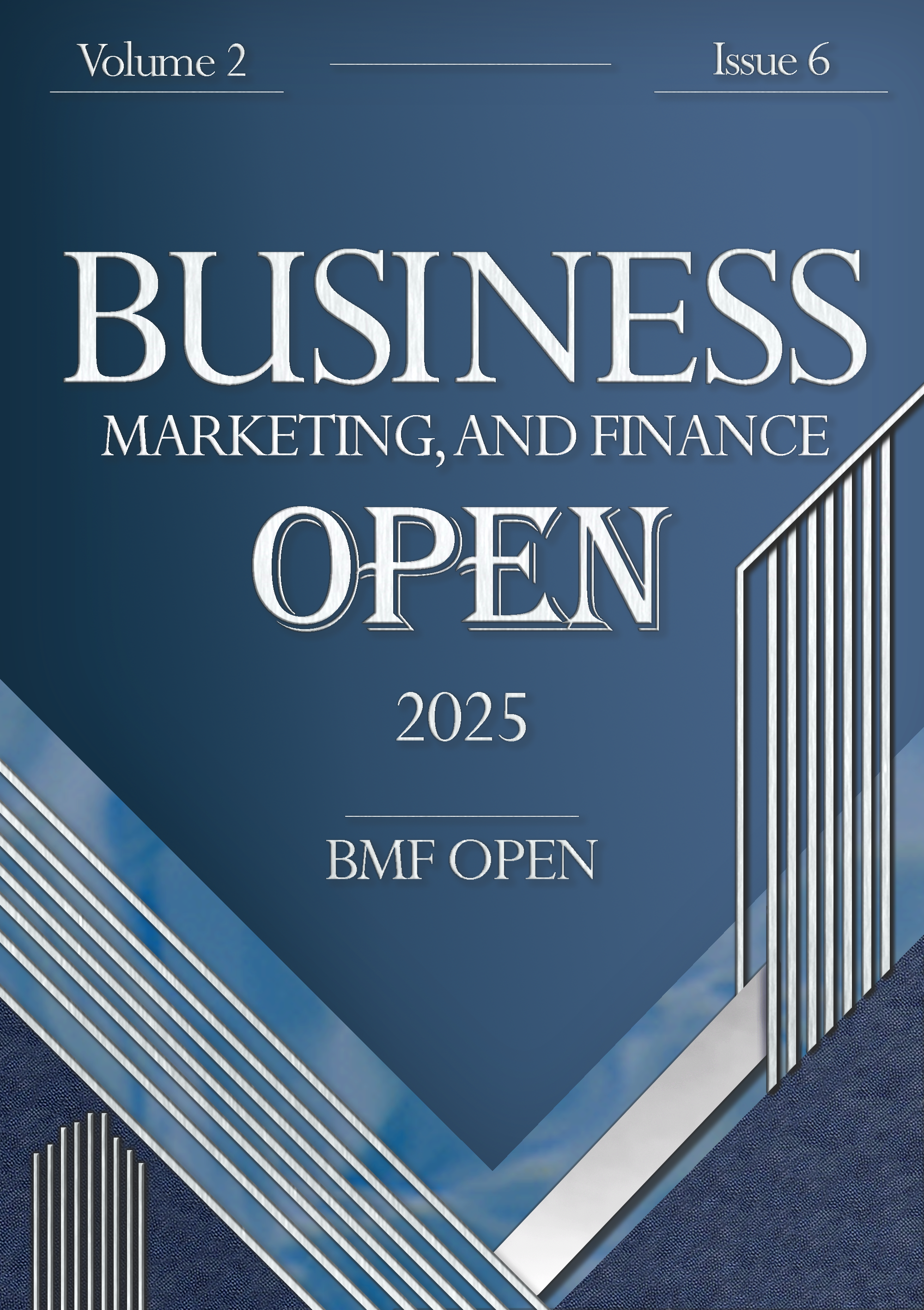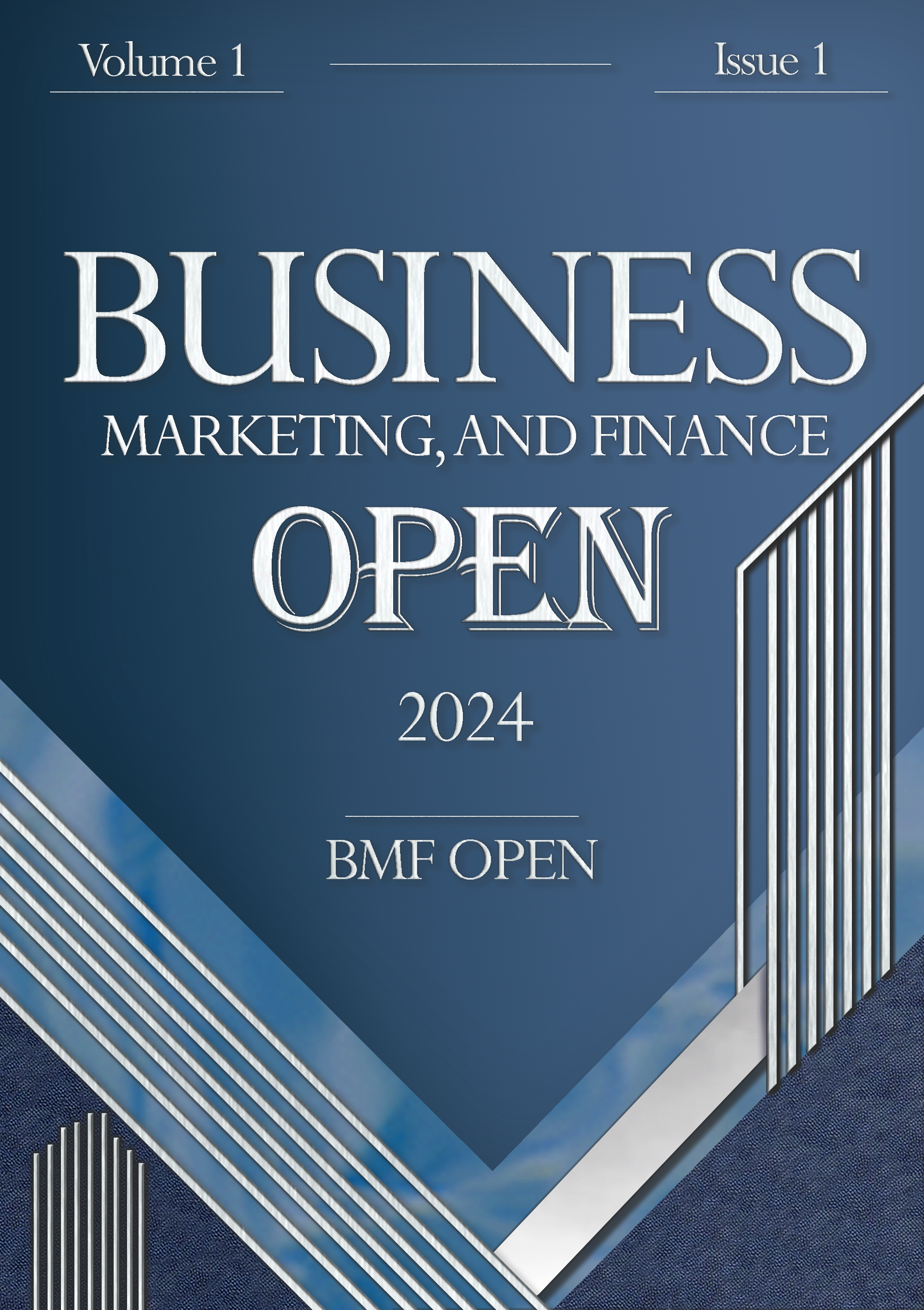About the Journal
Business, Marketing, and Finance Open (BMF OPEN) is an esteemed open-access journal dedicated to fostering high-quality academic research in the fields of business, marketing, and finance. Our mission is to create an inclusive platform for scholars, practitioners, and professionals globally to disseminate their research findings. BMF OPEN stands as a bridge between academic theory and practical application, ensuring that insights are accessible not only to scholars but also to industry leaders and policymakers.
- Owner and Publisher: MAHERPUB (Address: No. 40, South Jamalzadeh Street, Azadi Street)
BMF OPEN s committed to promoting knowledge that can positively impact the business landscape, especially in light of the rapid evolution of digital marketing, financial technology, and sustainable business practices. By offering open-access content, we eliminate barriers to accessing important research and encourage widespread engagement with our published materials.
Our journal operates under a double-blind anonymous peer-review process to ensure the highest standards of academic integrity. Each manuscript is reviewed by two or three experts to provide constructive feedback that helps refine and enhance the quality of the work before publication.
BMF OPEN welcomes a variety of research articles, including but not limited to original empirical studies, conceptual papers, systematic reviews, and case studies. We are dedicated to publishing work that is innovative, rigorous, and of significant practical relevance to both academia and industry.
Current Issue







